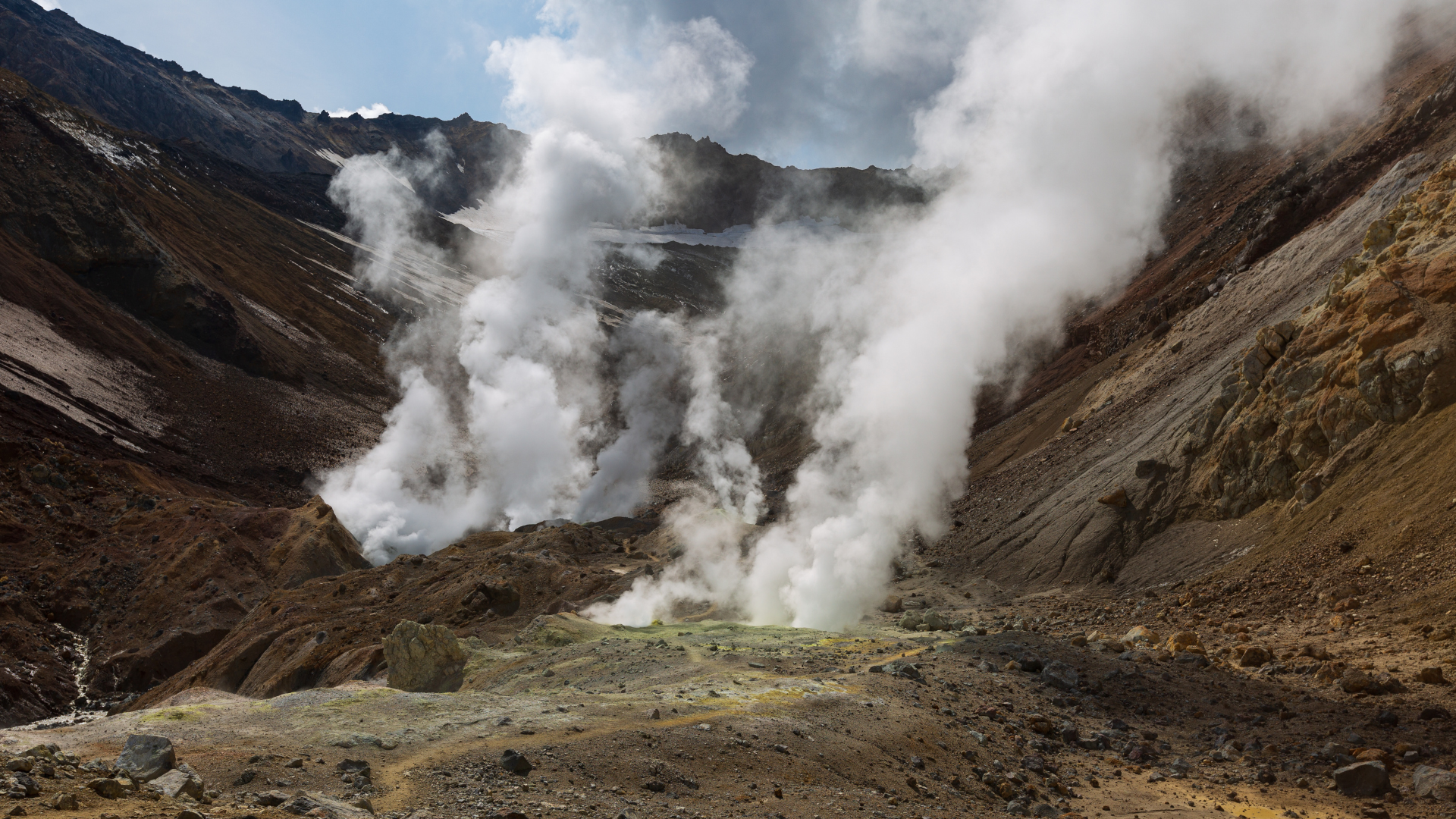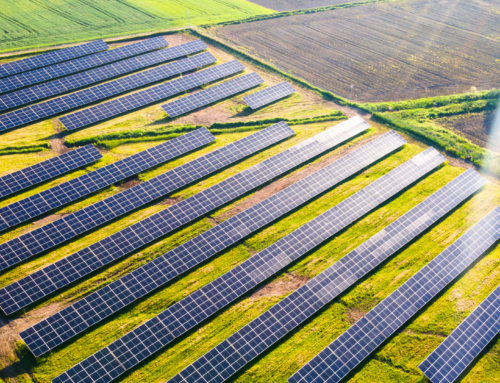Geothermal energy is a renewable energy source that comes from the natural heat that is produced within the Earth. This energy is harnessed from the Earth’s core, where temperatures can reach 10,800 degrees Fahrenheit. Understanding how geothermal energy works and its numerous benefits can help us appreciate its potential in creating a more sustainable future.
How Geothermal Energy Works
Reservoirs of hot water below the Earth’s surface, either natural or man-made, are used as geothermal resources. At varying depths and temperatures, these reservoirs can be reached by using wells which bring steam or hot water to the surface for various uses. There are three primary ways to harness this energy: direct use, heating and cooling, and electricity.
1. Direct Use
Direct use applications tap into hot water reservoirs just below the Earth’s surface. This method was employed for centuries for bathing, cooking food, and loosening feathers from game. Today, some modern direct use applications include using hot springs for bathing and heating for industrial processes such as food dehydration, gold mining, and milk pasteurization.
2. Heating & Cooling
Geothermal heat pumps (GHPs), also known as ground-source heat pumps, utilize the stable temperatures just a few feet below the Earth’s surface to heat and cool buildings. These systems consist of a heat pump, an air delivery system, and a heat exchanger buried in the ground near the building. In the winter, the heat pump extracts heat from the ground and transfers it indoors. In the summer, the process is reversed, and the heat pump removes heat from the building and transfers it back into the ground.
3. Electricity Generation
Typically, geothermal electricity power plants exist where geothermal reservoirs are about one to two miles of the Earth’s surface. To generate electricity, this process requires very hot water or steam at temperatures ranging from 300 to 700 degrees fahrenheit. In 2023, the United States had these plants in seven different states including California, Nevada, Utah, Hawaii, Oregon, Idaho, and New Mexico.
Benefits of Geothermal Energy
Environmental Sustainability
One of the most significant benefits of geothermal energy is its low environmental impact. Unlike fossil fuels, geothermal energy production can reduce carbon footprint because it releases minimal greenhouse gases. Also, land footprint of geothermal electricity generation plants is relatively small compared to other power plants, preserving more natural habitats.
Reliability and Consistency
Geothermal energy provides a stable and reliable power source, unlike solar and wind energy, which are intermittent. Geothermal plants can operate 24/7, regardless of weather conditions, ensuring a consistent power supply. This reliability makes geothermal energy an excellent complement to other renewable energy sources in a diversified energy system.
Economic Benefits
Geothermal energy can contribute to economic growth by creating jobs in the construction, operation, and maintenance of geothermal plants. The development of geothermal resources can also spur economic activity in rural and remote areas, improving energy independence and reducing reliance on imported fuels.
Energy Efficiency
Geothermal energy systems, particularly geothermal heat pumps, are highly energy-efficient. They can reduce energy consumption for heating and cooling by up to 50% compared to conventional systems like a gas furnace or water heater since they simply move heat and don’t require combustion. This efficiency can translate to cost savings for homeowners and businesses, making geothermal energy an attractive investment.
Looking to install a geothermal heat pump at your home or business? We have low-cost financing options available. For homeowners, check out the Colorado Residential Energy Upgrade Loan program here. For business owners, view our various commercial loan products here.







